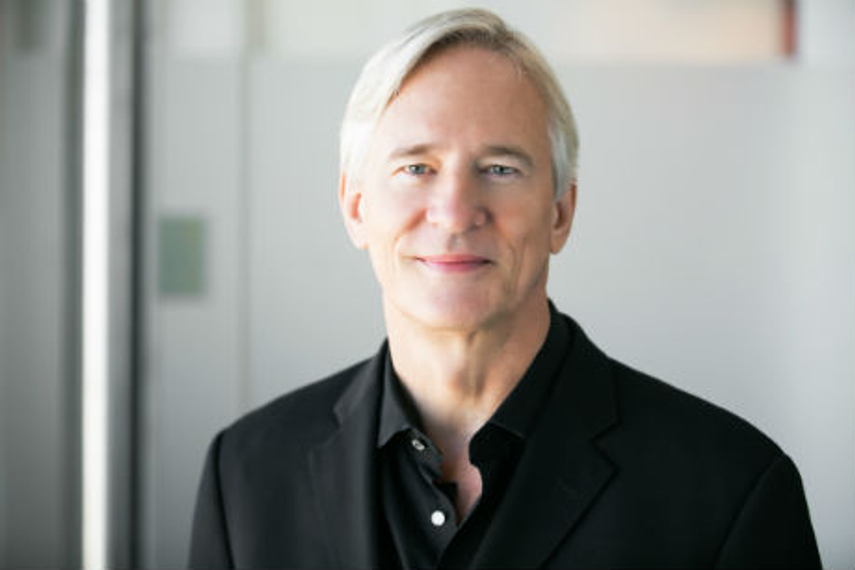
Please sign in or register
Existing users sign in here
Having trouble signing in?
Contact Customer Support at
[email protected]
or call+91 22 69489600
Q&A with Brian Fetherstonhaugh, chairman and CEO, OgilvyOne Worldwide

Contact Customer Support at
[email protected]
or call+91 22 69489600
Top news, insights and analysis every weekday
Sign up for Campaign Bulletins
YouTube Shorts has stopped being an experiment and started becoming essential.
The partnership introduces an on-chain model for evaluating, financing and distributing entertainment IPs across key global markets.
The nationwide 13-day customer initiative is designed to introduce its latest models through immersive dealership experiences.
Sources tell Autocar and Autocar India that designer Gerry McGovern was asked to leave the firm this week.